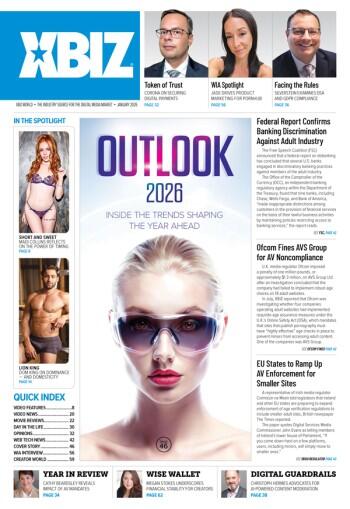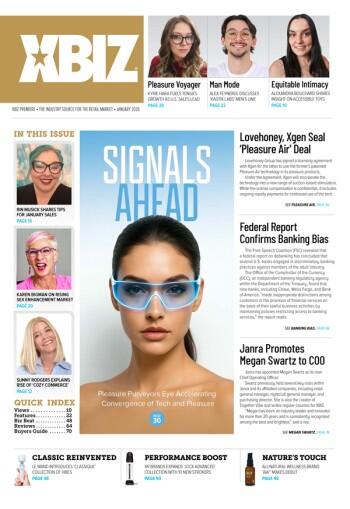Do your color choices really influence user behavior on your website? Does it make any difference what colors you use in your Web design?
How do you choose color: is it according to a company logo, the products you sell or the industry you are in? Is it more a matter of personal preference - yours, the marketing department’s or the business owner’s - or is there a specific strategic intent behind your selections?
Man has always been fascinated with the idea of color, and the analysis of users’ reactions to color now on Internet sites continues to drive much behavioral research.
Many designers choose to begin their designs working only in black, white and varying shades of gray. Color can emotionally sway or bias people one way or the other, particularly when it comes to logo and marketing design, so it's a good idea to begin a design project without using color, and then experiment with various combinations later.
Color brings into play the natural "argument" between right-brain and left-brain thinking, shifting focus from the visual and perceptive functions of the creative process to a more inspirational, non-verbal methodology. While it's good to be creative and emotionally inspired, there are some stages of design where logic should be in control.
Most people grow up having a certain "feeling" about each color in the crayon box. Those emotions are either imparted to us through our own experiences with each color and what it means to us as individuals; or is fed to us through our parents, teachers and mentors who share their ideas about color with us. However, there is a certain structure of color symbolism that most people will agree upon, whether they realize its influence on them or not. Once you understand how color works and what it can do, you will better understand how to use it in addition to all of the textures, patterns and illustrations you use to bring your design together as a cohesive production.
What Colors Will You Use?
Beyond the basic emotional response that comes from each color in the spectrum, there are marketing values associated with each as well. Green represents money, which in turn makes consumers think about making a purchase. Orange represents value - a good deal, a great price - and encourages consumers to look no further and buy the item immediately. There are other colors associated with different consumer responses; however none of them are set in stone.
The colors you choose and use in your design should represent something, and should never just be plucked out of the air at random. The success of your design and its impact on visitors and customers will depend on the colors you choose in relation to the items or services you are attempting to sell. Colors should harmonize and complement each other, not clash or create a jarring response. Gain more understanding of each of the colors and the effect of each on your website users, how they can positively and negatively influence individual behavior, and improve your design work!
Research color psychology in design on the ‘Net and incorporate some of this thinking in your site redesigns, and as your joins improve, make sure you can convert every visitor with their preferred local payment method – for guidance and information in capturing every potential join in your traffic, talk to me about your marketing plan.
Now get busy!








